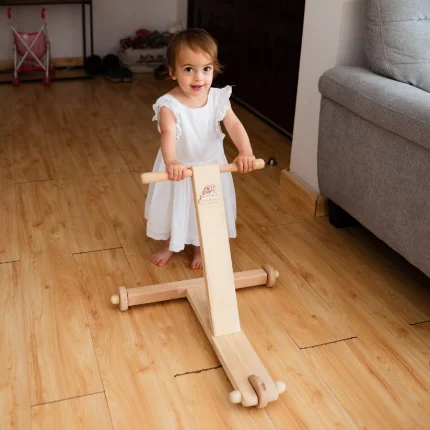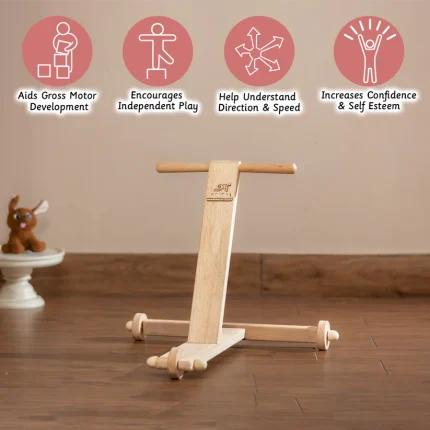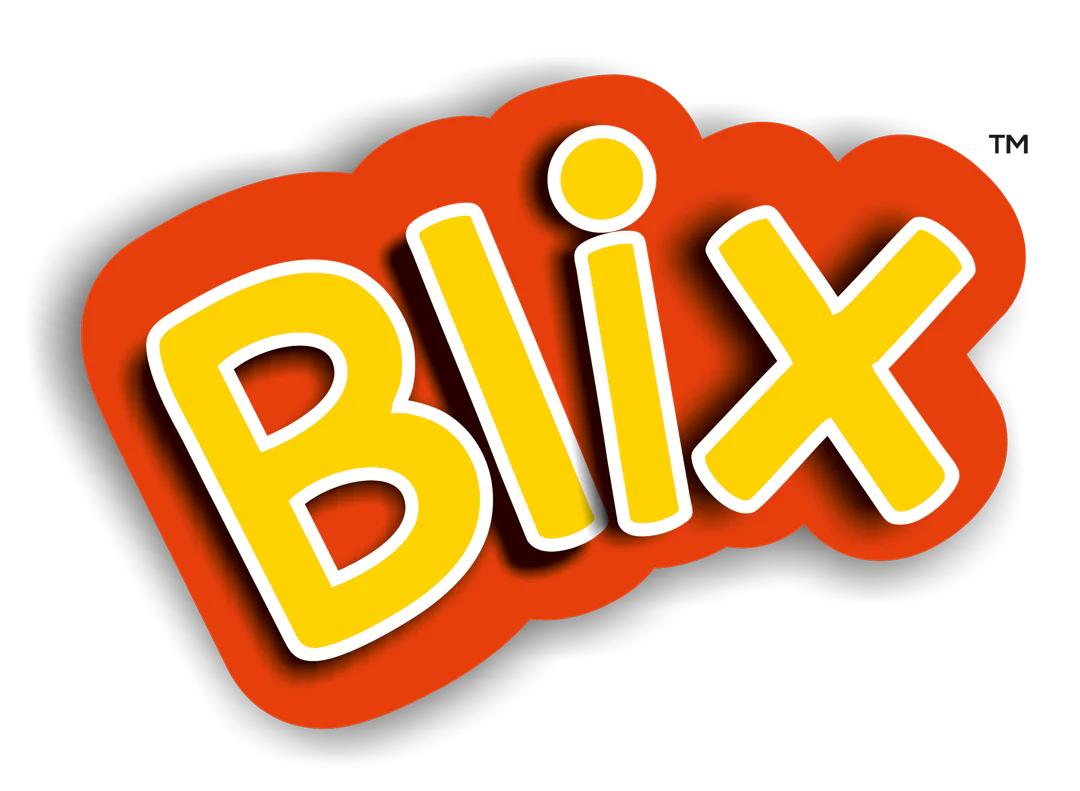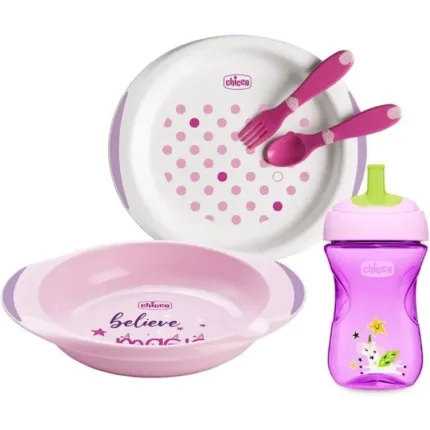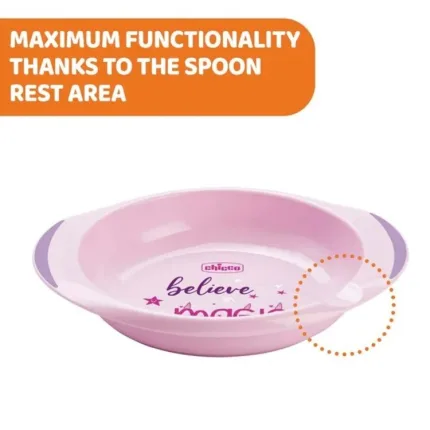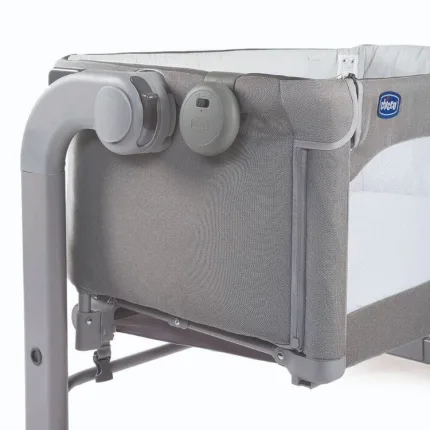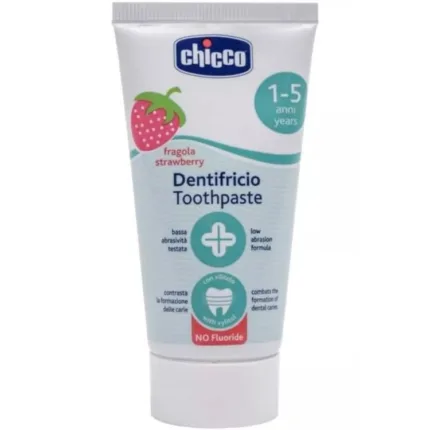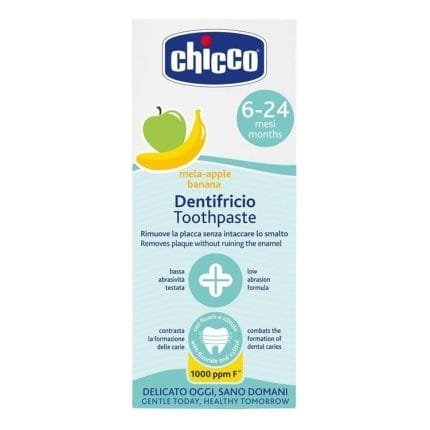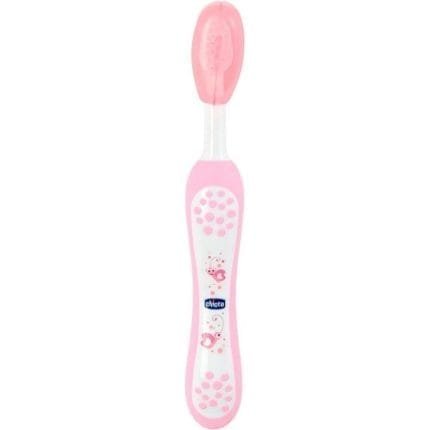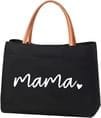Setting up a play environment at home can be both fun and impactful for your child’s growth. This blog covers practical ways to create a space that encourages learning, creativity, and exploration while prioritizing safety. From choosing educational and STEM toys to organizing and rotating them for sustained interest, we’ll guide you on how to make playtime both engaging and developmental.
Designing a safe play space at home
Creating a dedicated play space at home allows children to explore, imagine, and learn in a secure environment. A few fundamental considerations will ensure that the space supports their natural curiosity while keeping safety as the top priority:
- Select a safe, accessible location: Choose an area that’s easy for both you and your child to access. This might be a corner in a living room, a spare bedroom, or even a designated play nook. A visible, easily supervised location allows kids to play independently while ensuring you can monitor them.
- Prioritize soft surfaces: To prevent bumps and falls, use soft flooring options like foam mats, carpets, or rugs. This is especially helpful for babies and toddlers who may be unsteady on their feet. Non-slip rugs are also great for keeping things secure and preventing slips.
- Secure heavy furniture and sharp edges: Ensure all furniture around the play area is stable and can’t be easily tipped over. Use corner guards on sharp edges of tables or shelves, especially if your child is still learning to walk.
- Make safety checks a habit: Regularly check the space for any potential hazards, such as loose toys, small objects, or damaged playthings. Keeping the play area tidy and organized helps maintain a safe environment.
Choosing the right toys for engaged play
The right toys can foster creativity, problem-solving, and curiosity in children. By choosing toys that are educational and safe, you can create a play space that supports holistic child development. Here’s what to consider:
- Educational and STEM toys: STEM toys encourage children to explore concepts in science, technology, engineering, and mathematics through play. These toys, like building blocks, puzzles, and coding kits, promote critical thinking and can adapt to different age groups and abilities. Educational toys, such as alphabet puzzles or counting blocks, help develop foundational skills in language and math.
- Sensory toys for young children: For babies and toddlers, sensory toys provide a great way to develop motor skills and engage with different textures, colors, and sounds. Look for toys that are simple yet rich in sensory elements, like textured balls, stacking cups, or soft musical toys.
- Open-ended toys: Toys that allow for open-ended play—such as blocks, play dough, and art supplies—encourage children to use their creativity and imagination. With no set outcome, children can explore these toys in countless ways, promoting independent thinking and resourcefulness.
- Safe and age-appropriate options: Always choose toys that match your child’s age and skill level. Many toys come with age recommendations that help ensure the materials, size, and functions are safe for specific age groups. For instance, toys with small parts are unsuitable for young children who may put objects in their mouths.
Tips for organizing and rotating toys to keep kids interested
Keeping the play area organized and refreshing the selection of toys can significantly boost engagement. A clutter-free space with a few well-chosen toys encourages deeper focus and more productive play. Here’s how to achieve it:
- Rotate toys regularly: Introducing a few new toys every few weeks and storing others away can keep children engaged. By rotating toys, you’re refreshing their interest without having to buy new ones constantly. This system also allows you to observe which toys capture their attention most effectively.
- Organize by type or activity: Categorize toys by type, such as puzzles, building blocks, and art supplies. Clear bins or labeled baskets make it easy for children to find and return toys, promoting independence and responsibility. Additionally, organizing toys by activity can encourage specific types of play, such as art, building, or sensory exploration.
- Create themed zones: Set up small play “stations” within the play area. For example, you might have a corner for building with blocks, a cozy reading nook, and an art table for drawing or crafting. These themed zones help children focus on one activity at a time and create a mini “world” for each type of play.
- Limit the number of toys in the space: Too many toys at once can be overwhelming for young children. By limiting the number of toys available, you give your child space to focus on the toys they have and explore their possibilities more deeply. Consider keeping three to five options out at a time, based on the child’s age and preferences.
Conclusion
Creating a safe and engaging play environment at home doesn’t have to be complicated. With a focus on safety, intentional toy choices, and simple organizational strategies, you can set up a space that’s as inspiring as it is secure. Prioritizing educational and STEM toys helps your child learn through play, while organizing and rotating toys keeps the environment fresh and engaging. As parents, setting up a thoughtful play space is a valuable investment in your child’s growth and creativity, providing them with the tools and environment they need to thrive.
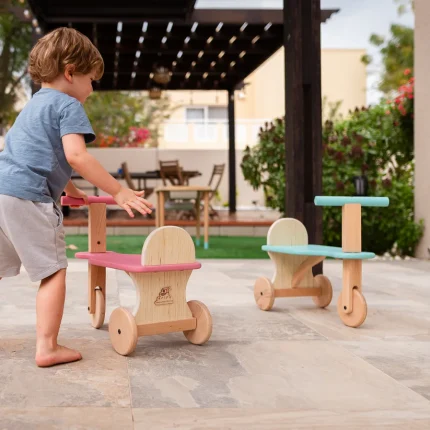


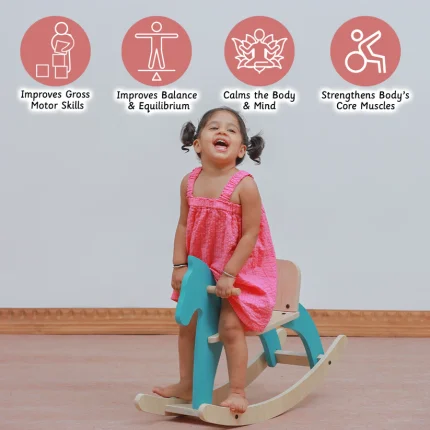
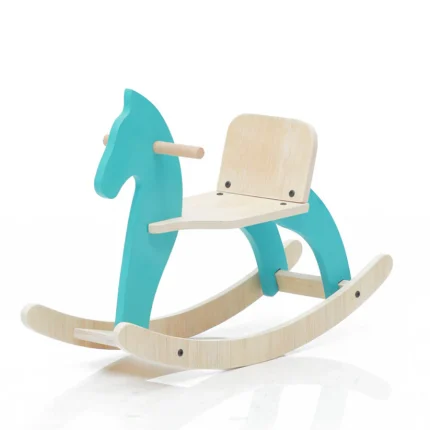 Blue
Blue 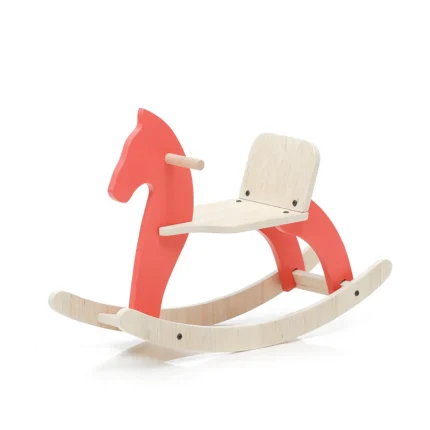 Red
Red 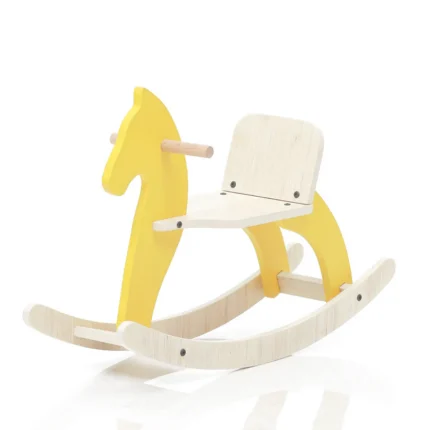 Yellow
Yellow 

